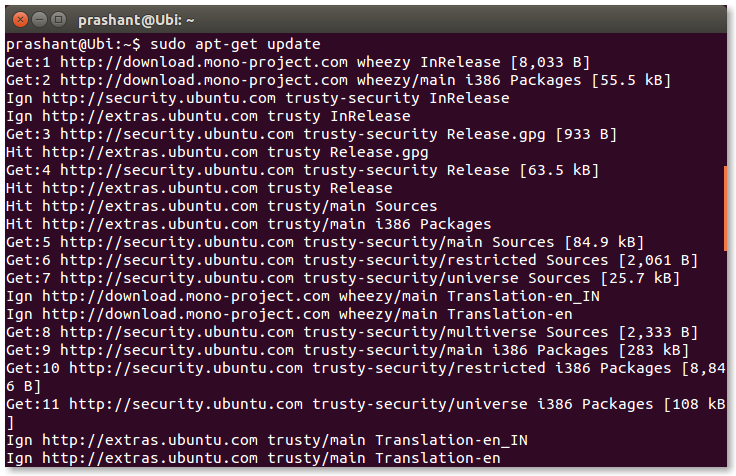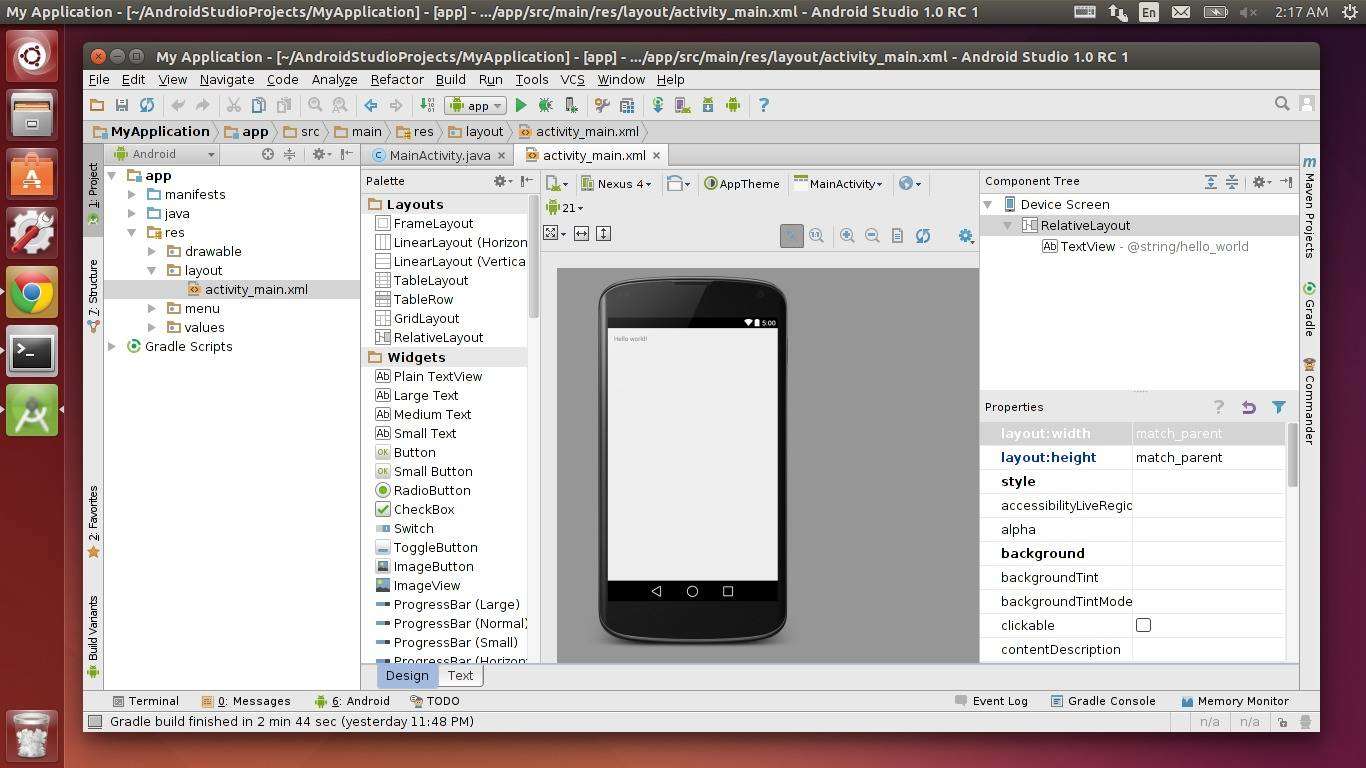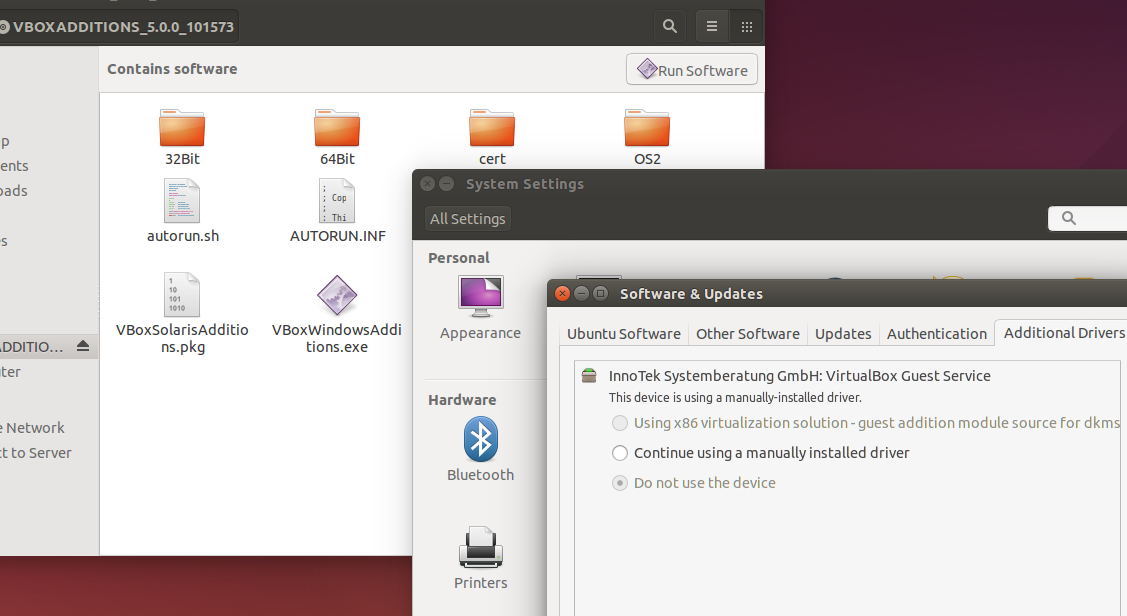
- #UBUNTU 14.04.2 FAILED UPDATE HOW TO#
- #UBUNTU 14.04.2 FAILED UPDATE INSTALL#
- #UBUNTU 14.04.2 FAILED UPDATE UPDATE#
- #UBUNTU 14.04.2 FAILED UPDATE UPGRADE#
#UBUNTU 14.04.2 FAILED UPDATE INSTALL#
If you have installed with older media, you can use these instructions to install the newer HWE kernel derived from 16.04 (Xenial).

The 14.04.2 and newer point releases ship with an updated kernel and X stack by default. In this update, we will install Haskell build environment that. Paraview not found when installing OpenFoam to Ubuntu 14.04. It’s build environment has been completely missing on the build image. If the previous command failed to work properly. Haskell Haskell is very unfortunate on Ubuntu 14.04 build image. MySQL 5.7.13 will be installed in this update. MySQL Upgrading to 5.7 Many of our customers want to use MySQL 5.7.
#UBUNTU 14.04.2 FAILED UPDATE UPDATE#
Server: sudo apt-get install -install-recommends linux-generic-lts-xenial We will update our Ubuntu 14.04 (Trusty) build image between 25th and 26h June. Reboot to make all changes take effect sudo reboot nowĪfter these steps, raspistill -o cam.jpg correctly captured video input for me on a Raspberry Pi 2 running Ubuntu 14.04.Desktop: sudo apt-get install -install-recommends linux-generic-lts-xenial xserver-xorg-core-lts-xenial xserver-xorg-lts-xenial xserver-xorg-video-all-lts-xenial xserver-xorg-input-all-lts-xenial libwayland-egl1-mesa-lts-xenial

Without these, I was getting the error: failed to open vchiq instance
#UBUNTU 14.04.2 FAILED UPDATE UPGRADE#
Next, type the following command to upgrade the Ubuntu server to the latest release such as LTS 14.04 from the command-line. sudo apt-get install update-manager-core. Do you wish to create a custom hardware profile nono Error: Failed to create the SD. Give non-root users access to the camera device: echo 'SUBSYSTEM=\"vchiq\",GROUP=\"video\",MODE=\"0660\"' > /etc/udev/rules.d/les Type the following command to update package list and instal the update-manager-core package if it is not already installed: sudo apt-get update. buildme # or "./buildme -aarch64" for 64-bit OSĮcho -e 'PATH=$PATH:/opt/vc/bin\nexport PATH' > ~/.bash_aliasesĮcho -e 'LD_LIBRARY_PATH=$LD_LIBRARY_PATH:/opt/vc/lib\nexport LD_LIBRARY_PATH' > ~/.bash_aliases

Mmal: main: Failed to create camera component Note, without these step, I was getting the infamous error: mmal: mmal_component_create_core: could not find component 'vc.ril.camera' If you're using a brand-new RPi, you'll almost certainly need to update the firmware, because whatever the factory installs is ancient: curl -L -output /usr/bin/rpi-update & chmod +x /usr/bin/rpi-update Install rpi-update and update the firmware If you've already added the variables, but with different values, you may need to edit them instead of appending. Note, in the Ubuntu ARM image I used, these settings didn't exist in /boot/config.txt, so I can simply append them. Curious I gave it a try on a virtual machine running on my laptop and in 14.04 it worked. As a result, we must reboot the Ubuntu guest to get the file system to mount RW again. On a random Basis, the file system will be mounted Read-Only due to a 'disk error' (which really isn't the case here).

404 Not FoundW: Failed to fetch archive.ubuntu. We're running various version of Ubuntu 14.04.2 LTS on Generation 2 Hyper-V Hosts. Sudo bash -c "echo 'gpu_mem=128' > /boot/config.txt" Previously I asked about mounting GlusterFS at boot in an Ubuntu 12.04 server and the answer was that this was buggy in 12.04 and worked in 14.04. , W: Failed to fetch /ubuntu/dists/trusty-backports/u.
#UBUNTU 14.04.2 FAILED UPDATE HOW TO#
I seem to be the only person in the entire world who wants to use a regular Linux distro on the RPi, since I could find very little documentation on how to setup the camera from scratch, but in case someone else wants to use the Raspberry Pi camera on Ubuntu or any other distro besides Raspbian, here's how you do it.Įnable kernel/firmware settings required by the camera: sudo bash -c "echo 'start_x=1' > /boot/config.txt"


 0 kommentar(er)
0 kommentar(er)
